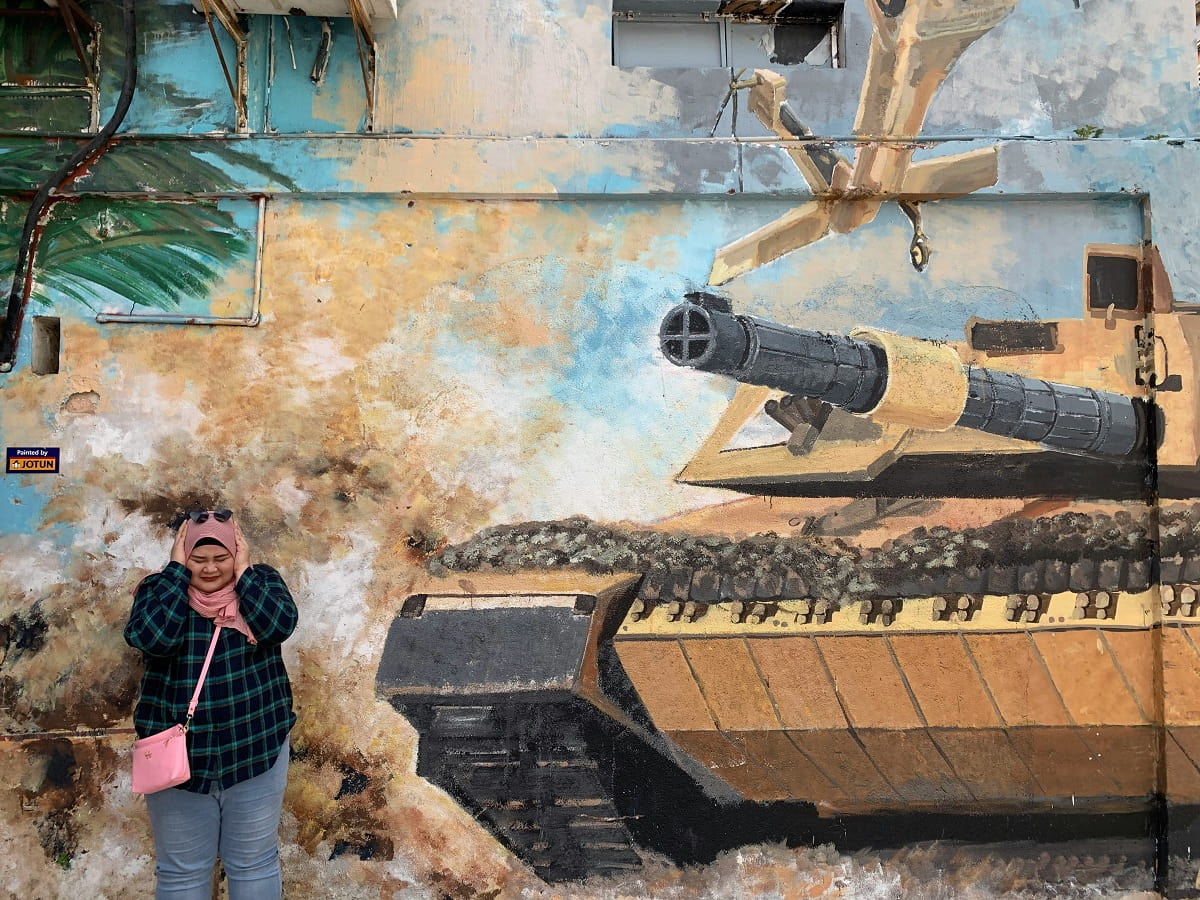Nearly 80 years ago, during the Second World War, Japan attempted to forge a hegemonic bloc spanning much of East and Southeast Asia. Under the so-called Greater East Asia Co-Prosperity Sphere, Japanese troops initiated a ground invasion of Malaya in December 1941, and British colonial forces surrendered to the Japanese in Singapore in February 1942. It was not until August 1945, following Japan’s wartime surrender, that the occupation ended.
During the three and a half years of occupation, local people endured widespread economic hardship and food shortages due to Japanese mismanagement, resource exploitation, and isolation from previous trade networks. Japanese military officials frequently subjected civilians to atrocities such as forced labour, imprisonment, torture, rape and murder.
The generation of Malaysians who survived occupation share collective feelings of trauma, as well as bitterness towards Japan. Their resentment is compounded by a perceived lack of remorse, and a desire for retribution for the suffering they experienced.
When Malaysia achieved independence in 1957, its leaders at first declined further reparations from Japan, though they eventually settled on a nominal amount.
State-level interference has impeded victims’ compensation efforts. Tokyo offered reparations to Malaysia in the 1940s and 1960s, as well as warships, machinery and equipment, but the United Kingdom, which still held colonial authority in Malaysia at the time, took the majority of that allotment for itself. The United States halted further reparations from Japan via the Treaty of San Francisco to ensure post-war cooperation between Washington and Tokyo.
When Malaysia achieved independence in 1957, its leaders at first declined further reparations from Japan, though they eventually settled on a nominal amount. Kuala Lumpur also faced economic and ideological pressure to forge ties with Tokyo, given that Japan was the clear Asia-Pacific economic powerhouse at the time, and a democratic bulwark against communist regimes in countries such as China and North Korea. Malaysian authorities decided it was in the country’s best interest to prioritise diplomatic engagement with Japan, even if it meant sacrificing justice for Malaysia’s wartime victims. As a result, this policy also silenced official displays of apology and reflection on Japan’s occupation of the country.

Given the lack of closure on a bilateral level, many Malaysians have sought to heal from their wartime trauma through folk narratives. Malaysia has long possessed a rich storytelling canon, and has combined elements of historical memory with narrative traditions centred on the Japanese occupation. One of these traditions is the cerita hantu (ghost story). Considered a “low-brow” form of entertainment, these stories include simple descriptions of encounters with local supernatural creatures in various settings. An important concept in the Malaysian cerita hantu is the idea of a keras location (roughly translated as a “hard” place) – a place is considered keras “if events in its past made it such”.
Many Malaysian ghost stories are set in keras places that have been explained as having once seen the horrors of the Japanese occupation. Usually, the stories do not feature the Japanese imperial army from the Second World War, but include descriptions of crimes that were purported to have occurred on these grounds, creating a sense of unease towards the location.
One example includes a school that was supposedly used as a prison camp by the Japanese. Some visitors to the site have reported hearing the sound of Japanese soldiers' stomping boots, or caught the scent of kerosene. Another tells of encounters with the ghosts of Japanese soldiers who had beheaded their prisoners. Each of the stories points to a subconscious remembering of past trauma.
The survivors of the Japanese occupation in Malaysia are often reluctant to speak of their experiences.
The extent of the horror that was perpetuated by the Japanese imperial army on the collective consciousness of Malaysians cannot be stressed enough. As a point of comparison, the British colonial presence spanned nearly 200 years, yet cerita hantu based on British ghosts do not include the bloodiness associated with the Japanese.
Although there have been recent efforts to document the stories so that these personal anecdotes don’t die with the narrators, the survivors of the Japanese occupation in Malaysia are often reluctant to speak of their experiences. However, there is plenty of archival and archaeological evidence of the crimes that have been committed – an aspect that could be investigated further through cerita hantu.
Despite the lingering ghosts in the cerita hantu, young Malaysians generally view contemporary Japan and its cultural exports in a positive light, which signals a move away from the horrors of the past, and the establishment of positive developments in Malaysian-Japanese relations. But this perception of Japan sits side-by-side with the knowledge of the country’s history of brutality. While state-level reactions to Japanese war crimes in Malaysia have tended to under-acknowledge or even ignore this dark chapter, cerita hantu – while macabre – preserve the memory of wartime victims so they are never fully erased from history.

